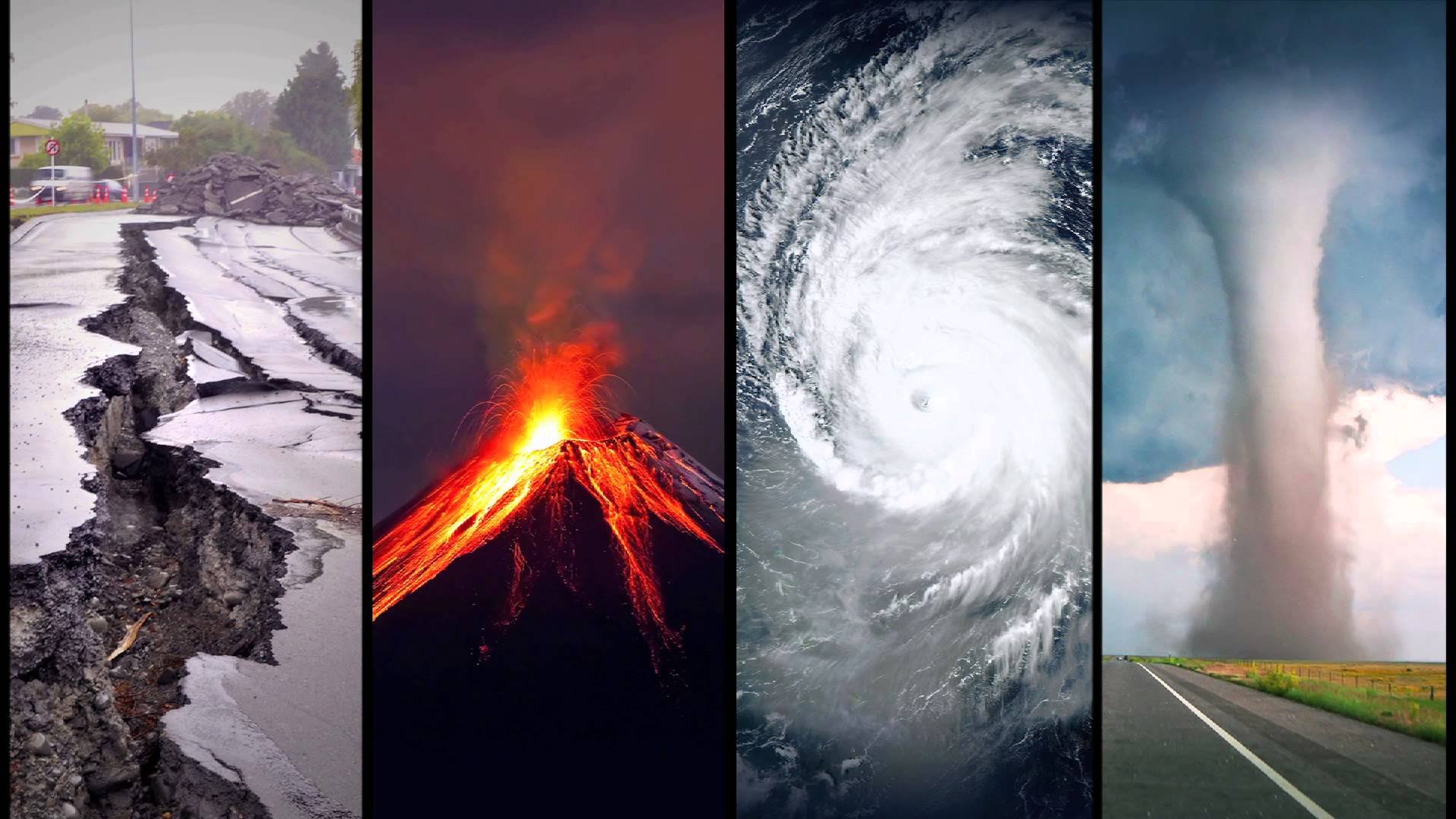Last summer, I was invited to participate in the NHERI Summer Institute at UTSA. This summer program teams up educators with natural hazards engineers to develop grants and educational activities to get students interested in this field. Natural Hazards are the extreme events that cause natural disasters. Engineers and researchers from across the country are constantly working together to monitor, simulate, test, and safeguard communities from natural hazards as they develop. This article will go over the different types of natural hazards, and engineers in the field will share the research and work that they are doing.
- John Espinoza, STEM Education Specialist at the Science Mill
Engineering for Natural Hazards
A natural hazard is an extreme event that occurs naturally and causes great harm to local communities and ecosystems. If not properly managed, these local disasters can have global consequences. There are 3 broad categories of Natural Hazards:
Geological Hazards - These are natural disasters caused by the shifting of plate tectonics, and include earthquakes and volcano eruptions
Meteorological Hazards - These hazards are driven by weather and climate patterns. Temperature and wind are the biggest factors in developing these hazards. Examples include hurricanes, freezing rain, hot/cold waves, and tornadoes.
Hydrological Hazards - These hazards are caused by disruptions in natural water processes. These types of hazards can range from floods, tsunamis, droughts, and mudslides. Hydrological hazards cause extensive damage to agriculture.
A special fourth category of Natural Hazards is Biological Hazards. These hazards are caused by biological processes and mainly include the sudden rise and spread of deadly diseases and viruses. Because of its relationship to the human body, these types of hazards are not typically listed with the three above and instead are placed in discussions of medicine and public health.
When studying natural hazards, it’s important to remember that sometimes one event or natural disaster can trigger another. For example, an earthquake in a hilly or mountainous area may trigger landslides or mudslides, or a hurricane may destroy a sea wall that causes flooding in a coastal community. The cascading events and natural disaster systems that can form from one extreme event requires an interdisciplinary approach to mitigate damage when they strike, so who’s responsible for studying natural hazards?
NHERI is a coalition of universities and research institutes across the country that simulate different natural hazards to better study and prepare for them.
The national group consists of 11 different universities:
The NHERI coalition groups are making huge discoveries in the world of preparing for and predicting Natural Hazards such as earthquakes, tsunamis, tornadoes, hurricanes, flooding, and more.
At the University of Texas, Mobile Field Shakers have been developed to test the resilience of existing infrastructure such as buildings and bridges to see how well they can withstand earthquakes. The mobile shakers work by replicating seismic waves at ground level.
At Florida International University, researchers created the “Wall of Wind” which uses 12 large-scale fans and high-end sprinkler systems to simulate category-5 hurricanes.
At Oregon State University, the O.H. Hinsdale Wave Research Laboratory conducts experiments to research the impact of waves, tsunamis, and flooding on coastal communities.
These are just some of the few research projects happening around the country that look to protect our communities from natural hazards and natural disasters.
To find out more about the work of NHERI, visit HERE.
INTERESTED IN A CAREER STUDYING NATURAL HAZARDS?
Many people from different backgrounds and disciplines work across NHERI to study natural hazards engineering.
Structural and Civil Engineers are the most common type of professionals that work in these sites, but natural hazards research includes work from other disciplines.
Ecologists work with natural hazards research to study the effects natural hazards have on ecosystems at the local and global scale.
Sociologists and psychiatrists also work together to study how humans emotionally and mentally respond to these traumatic events.
DIY Activity: EARTHQUAKE TABLE







